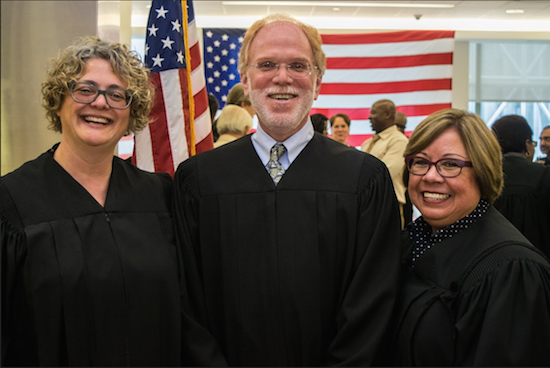Family Court celebrates the Miranda Warning at Law Day event

The Family Court held its annual Law Day event themed “Miranda: More Than Words” on May 3 at the courthouse in Downtown Brooklyn, where Professor Randy A. Hertz gave the keynote address and five court employees were honored.
The Miranda warning, also known as Miranda rights, is the right-to-silence warning that suspects are informed of prior to being interrogated to preserve the admissibility of their statements against them. It is the result of the 1966 U.S. Supreme Court case Miranda v. Arizona.
“Unlike many of the other ordinary people whose names have been attached to Supreme Court cases, Ernesto Miranda was the first one whose name became a noun and a verb,” said Hon. Alan Beckoff, chair of the Law Day Committee.

Brooklyn Boro
View MoreNew York City’s most populous borough, Brooklyn, is home to nearly 2.6 million residents. If Brooklyn were an independent city it would be the fourth largest city in the United States. While Brooklyn has become the epitome of ‘cool and hip’ in recent years, for those that were born here, raised families here and improved communities over the years, Brooklyn has never been ‘uncool’.